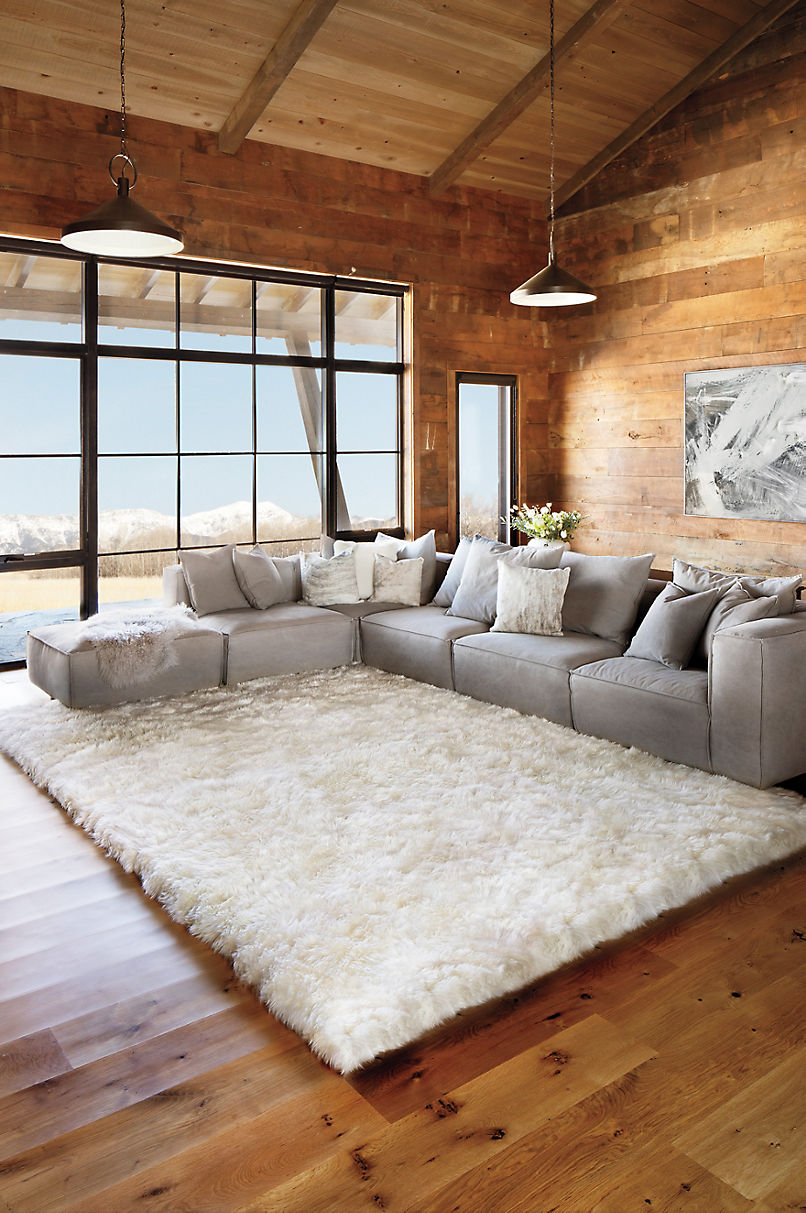MIKI “Driftwood” European Oak Engineered Floorboards – 1.94 SQM per box – Extra-Wide 2200mm x 220mm x 20mm
Engineered Oak hardwood floor boards are the most sought after timber flooring by architects and discerning home-owners as they are stronger and wider than normal floor boards, are pre-finished for easy installation, and still boast the beauty of real French Oak. Moku™ Grand European Oak floor boards boast 220cm lengths and 22cm widths in a UV protected satin finish.
MIKI Driftwood Oak – On Trend Grain & Texture
Engineered Oak hardwood floor boards are the most sought after timber flooring by architects and discerning home-owners as they are stronger and wider than normal floor boards, are pre-finished for easy installation, and still boast the beauty of real French Oak. Moku™ Grand European Oak floor boards boast 220cm lengths and 22cm widths in a UV protected satin finish.
Moku’s 20mm engineered oak floorboard range is supplied by GrandOak, a leading Australian floorboard manufacturer, who offers the same range under their “GrandOak Monarch” series. That means you get the benefit of local supply, support and a lifetime Australian warranty, at a highly competitive price by avoiding showroom margins.
Extra Wide Oak Floorboards are the most desirable flooring
Beautiful surface – Highest grade European oak with natural grains and timber features
High density European oak – Naturally highly durable and strong hard wood providing long life and wear
Wide boards – Architects and discerning home-owners covet wider oak boards that add value to the home
Pre-finished – Satin finish, pre-sanded and UV protection lacquered
Architectural designs – Moku offers the latest colours and finishes
Engineered to last – Cross glued multi-plywood sub layers provide high rigidity and structural strength
Easy installation – Traditional tongue and groove joining system – all that is needed is a level sub-floor surface
Why engineered floorboards?
Engineered floorboards are the latest technology in timber flooring, combining a real hard timber surface layer with multi-plywood sub-layers of thinly cut hardwood and softwood plantation timbers. These multi-plywood layers are glued in multiple directions provide superior strength, rigidity, and stability of the top layer of solid timber. The result is a superior strength floor board:
- That can typically be made wider and longer than solid boards,
- Has the same or thicker “wear” (sanding layer) than solid floor boards,
- That predominantly consists of plantation timbers which is positive for our environment,
- Is more affordable as more planks can be produced from hardwood sources, and
- Is more resistant to moisture effects.
Additional information
| OVERSIZED PLANKS | 220mm wide x 2200mm long x 20mm thick. Oversized planks provide a superior look to your floor – popular with architects and premium dwellings |
|---|---|
| THICK WEAR LAYER | A pre-finished wear layer (sand-able real oak top layer) of 6mm allows multiple future sandings and re-finishing if ever required |
| PLANK SIZING | 1 in 4 planks are precut to two shorter random lengths to assist installers with staggering boards |






Reviews
There are no reviews yet.